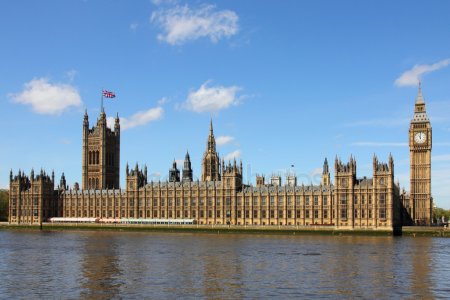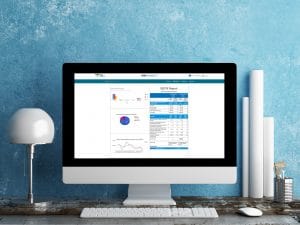Why measure GHG emissions?
It helps to lowers costs
It is becoming accepted as normal business practice
+44 (0)1509 649 504
Free Advice Session
Why should organisations measure greenhouse gas emissions?
Why measure GHG emissions? There are four main types of organisation that will want or need to do this.
These are:
- Entities for whom it is a legal requirement
- Entities that will need to complete the Streamlined Energy and Carbon Emissions Reporting (SECR)
- Entities that have decided to improve their sustainability reporting, usually in light of the Net Zero initiative
- Suppliers to organisations which have sustainability as a corporate goal
Why measure GHG emissions
Organisations with obligations
All quoted companies in the UK have a requirement to report their greenhouse gas emissions under ‘The Companies Act 2006’. In addition, the Energy Savings Opportunity Scheme (ESOS) regulations, requires large companies to report their energy usage including business mileage from privately-owned cars. Whilst not strictly GHG emissions, there are similar issues in collecting and processing the relevant data. Since 1st April 2019 all large companies and large LLPs have also had to comply with the requirements of the Streamlined Energy and Carbon Reporting (SECR).
In broad terms, a large company satisfies two of the following criteria
- Number of employees – greater than 250
- Turnover –more than £36 million
- Balance sheet total –more than £18 million
Organisations that have decided to become sustainable
Many organisations have decided that embracing sustainability will strengthen their operations over the long term. This will require measuring economic, social and environmental impacts, including GHG emissions. Benefits can include:
- Reduced costs in areas such as energy, raw materials and transport.
- Market differentiation – customers often prefer to deal with organisations that have strong environmental credentials.
- Stakeholder pressure – acting early can reduce the impact of future environmental legislation.
Supply Chain Pressure
Why measure GHG emissions? Sustainable organisations are putting pressure on their suppliers to build sustainability into their own operations. This is particularly true of large companies. There is a growing requirement to complete environmental questionnaires (e.g. the CDP Supplier Information Request) that include questions such as:
- Which types of GHG emissions does your organisation measure?
- Does your organisation have targets for reducing GHG emissions?
- What progress has your organisation made towards these targets?
Small and medium sized enterprises (SMEs) could soon find themselves having to provide emissions data to their customers. They rarely have the administrative capacity to deal with these requests. For SMEs it will be essential to automate the process as much as possible.
GHGi Analytics
Why measure GHG Emissions? A primary reason for measuring Greenhouse Gas emissions is to facilitate the management and reduction of those emissions. GHGi Analytics plays a vital role in measuring emissions from your business. The granularity of the reports generated by the GHGi system enables organisations to:
- Identify GHG emissions hotspots
- Develop more effective practices to reduce GHG emissions
- Provide a credible source for the narrative in annual sustainability reports
- Demonstrate to their customers their commitment to sustainability and the environment
Sustainability Vision Ltd. takes the security of your data very seriously. Please read our Data Privacy Notice for further details.



